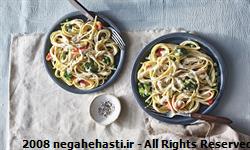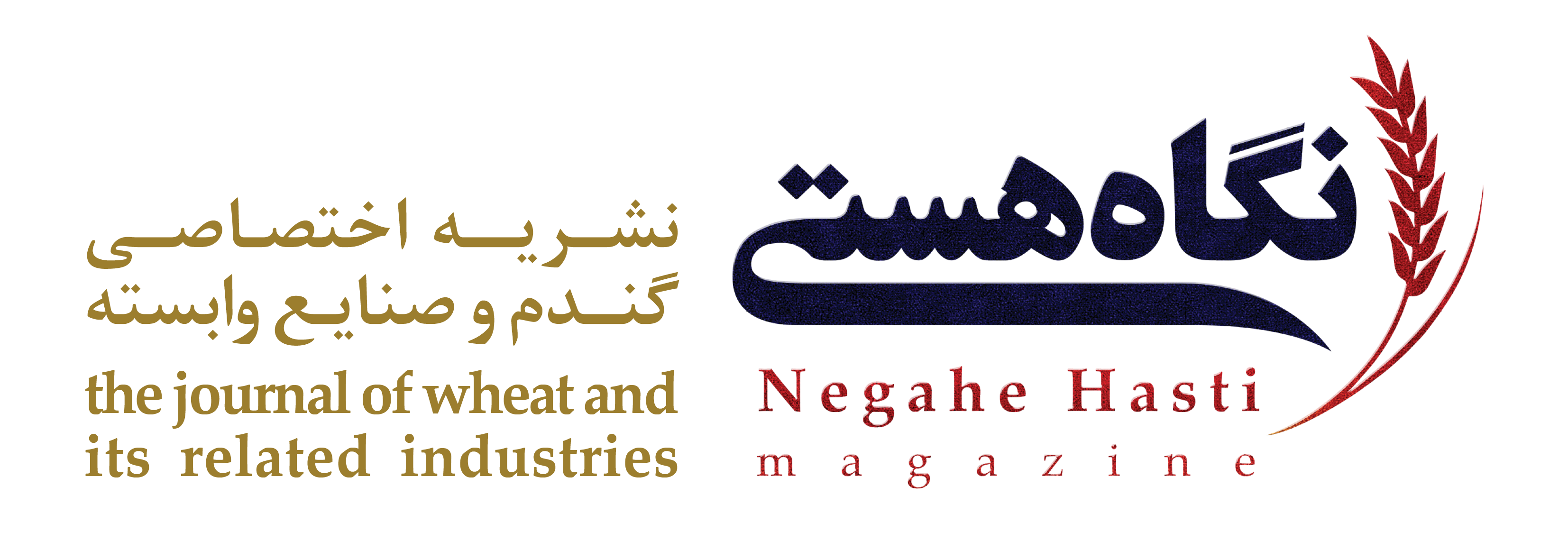![]() ارسال به دوست
ارسال به دوست  نسخه چاپي
نسخه چاپي

Baking Technologies in Bakery, Pasta and Biscuit Industry
Baking is the last and most important stage of production for bread and biscuits. The last of the bread production stages is the baking process in which the dough gains a light, porous, easily digestible and delicious structure under the influence of heat. * Black Sea wheat prices seen attractive, quality improving
Modern ovens have generally been developed on the principle that the bread dough is exposed to varying temperatures and steam quantities over a period of time on trays, pans or conveyor belt. As for the biscuits, the baking process is the step after the dough shaping step. After the biscuit is shaped, the baking process starts. The dough, which has been shaped differently, is transferred to the conveyor belt and taken into the oven after taking a certain distance and baked. Almost all types of biscuits are baked in conveyor belt ovens. The baking processes are basically similar in all bakery products such as bread, cookies, cakes and biscuits. Baking is the last and most important stage of production for bread and biscuits. The last of the bread production stages is the baking process in which the dough gains a light, porous, easily digestible and delicious structure under the influence of heat. The most obvious effect of heat on the dough during this process, in which dough is transformed into bread, is volume growth, crust formation, end of activity of yeast and enzymes at certain temperatures, and partial gelling of starch by forming the necessary structure of dough protein. To produce the desired quality bread, careful and controlled baking is necessary. The proportion of heat applied to the dough during baking, the amount of steam to be introduced into the oven and the baking time play an important role in the final quality of the bread. Modern ovens have generally been developed on the principle that the bread dough is exposed to varying temperatures and steam quantities over a period of time on trays, pans or conveyor belt. In the first step, which covers approximately one quarter of the total baking process, the dough is kept at 204 ° C. In this phase, the temperature of the portions of the bread close to the crust reaches 60 ° C with an increase of 8.5 ° C per minute. The first change on the dough by the effect of heat is the formation of an almost instant, thin and flexible surface layer. The rise in temperature first accelerates the activity of the yeast and the enzyme. The carbon dioxide gas thus released rapidly leads to a volume growth of approximately one third of the bread dough in the oven. At temperatures around 50-60 ° C, many enzymes lose their effect due to heat, while yeast and other bacteria die off. At this temperature, necessary carbon dioxide gas is produced to achieve the required volume growth in the dough. The thin layer formed on the surface begins to thicken, lose its flexibility and become brown. The second and third stages of baking constitute half of the total time. At this stage, the oven temperature is kept constant around 238 ° C. During the second stage, the temperature rises by 5.4 ° C per minute until it reaches 98.4-98.9 ° C and then remains constant with the start of the third stage. At this temperature level, the evaporation of the water in the dough and the necessary structural changes of the starch and protein occur at the maximum level. As for the biscuits, the baking process is the step after the dough shaping step. After the biscuit is shaped, the baking process starts. The dough, which has been shaped differently, is transferred to the conveyor belt and taken into the oven after taking a certain distance and baked. Almost all types of biscuits are baked in conveyor belt ovens. Various changes in dough occur during baking process. Product density is greatly reduced due to the open porous structure. The water (humidity) level drops to 1-4%. The maximum moisture content of the biscuit is 5%. Biscuits differ from other baked cereal products such as bread and cakes by having a low moisture content. Bread typically has 35 – 45% moisture, cake, 15 – 30%, and biscuits, 1 – 5% moisture.The product can maintain its freshness for as long as it is protected from moisture. The surface color changes. The production process of biscuit, which is a nutrient consumed by people of all ages in almost everywhere, ends with packaging.
